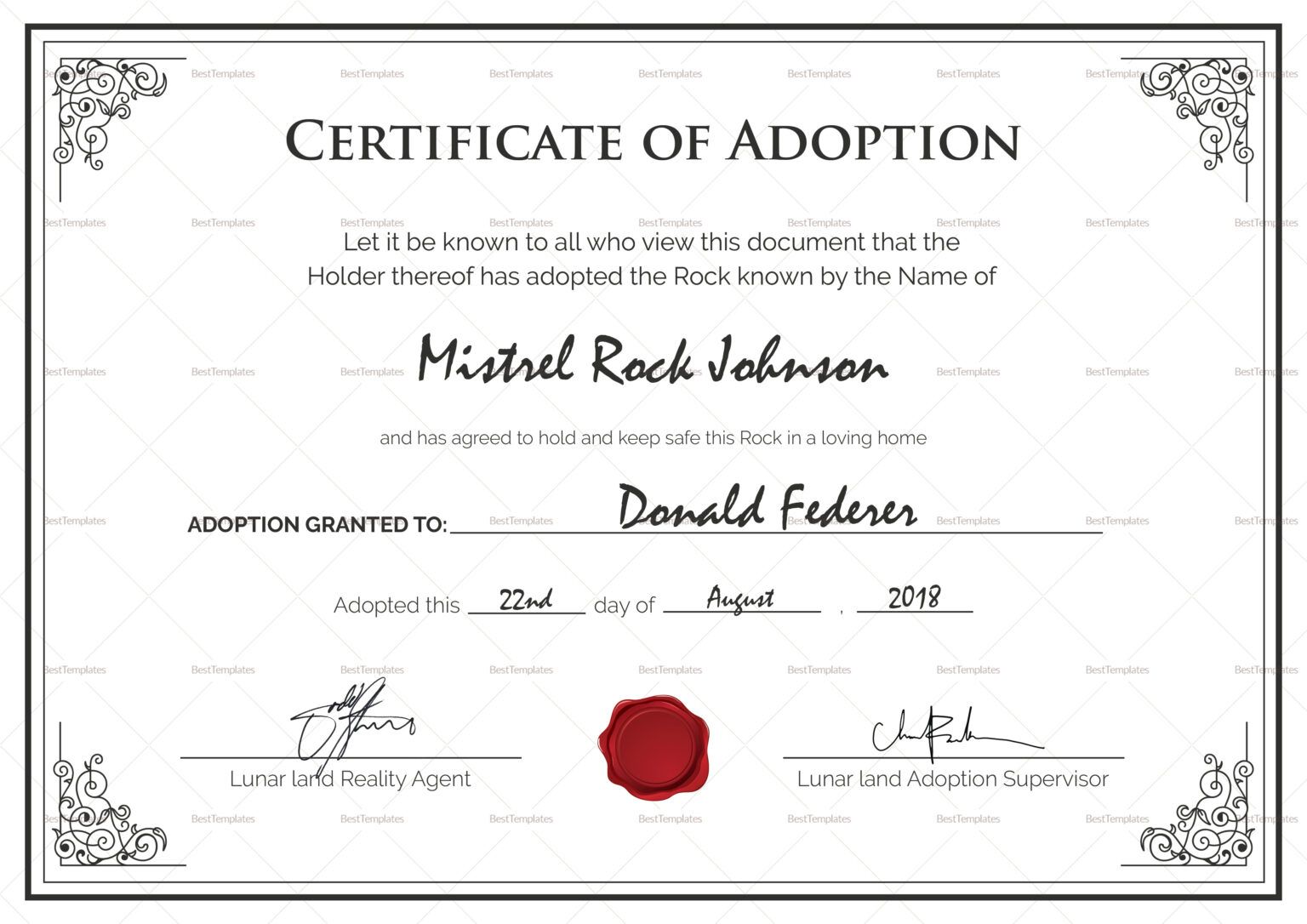Maximize Your Refund: Get Tax Paperwork Now

The tax season is approaching, and with it comes the desire to maximize your refund. Understanding how to get your tax paperwork in order now can make all the difference in ensuring you receive the largest possible return. Here are practical steps to gather your documents, optimize your deductions, and navigate the tax filing process seamlessly:
Organizing Your Documents

The first step to maximize your tax refund is to ensure all your financial documents are organized and ready for filing. Here’s a checklist to guide you:
- Income Statements: Collect all W-2s from your employers, 1099s for freelance or contract work, and any other income statements.
- Deduction Proofs: Gather receipts or records of deductible expenses like medical bills, charitable contributions, and work-related expenses.
- Interest and Dividend Statements: Look for forms like 1098 for mortgage interest, 1099-INT for interest income, and 1099-DIV for dividends.
- Retirement and Health Savings Accounts: Statements showing contributions to IRAs, 401(k)s, or HSAs are crucial for deductions.
- Real Estate Documents: Property tax statements and receipts for home improvements can be essential for itemized deductions.
- Previous Tax Returns: Having your previous year's tax return can provide a helpful reference for comparison.
📝 Note: Keeping your documents sorted in chronological order or categorized by type can streamline the filing process.
Understanding Deductions

Maximizing deductions is key to reducing your taxable income and, consequently, your refund size. Here are some key deductions:
- Medical Expenses: If your medical expenses exceed 7.5% of your adjusted gross income, they can be deducted. Keep receipts for doctor visits, prescriptions, and other related expenses.
- Charitable Donations: Donations to qualified non-profit organizations are deductible. Document these with receipts or bank statements showing the contributions.
- State and Local Taxes (SALT): There's a cap of $10,000 on deductions for state and local taxes, including property taxes.
- Home Mortgage Interest: Interest paid on your mortgage can be a significant deduction, especially in the early years of your loan.
- Business Expenses: Self-employed individuals can deduct a wide range of expenses, from office supplies to travel costs.
📝 Note: Documenting each expense with receipts or invoices is crucial for validation during an audit.
Electronic Filing and E-Signatures

Using e-filing and e-signatures can expedite the refund process:
- E-filing: Filing taxes electronically ensures quicker processing than paper returns. Software like TurboTax or IRS Free File can guide you through the process.
- E-signatures: Authorize forms electronically to reduce delays. Ensure you use secure, IRS-recognized e-signature services.
Navigating Tax Credits

Tax credits directly reduce your tax liability, making them more valuable than deductions. Here are some to consider:
- Child Tax Credit: Provides up to $2,000 per qualifying child.
- Earned Income Tax Credit (EITC): Available for low to moderate-income workers, this credit can significantly boost refunds.
- Education Credits: Credits like the American Opportunity Tax Credit can offset education expenses.
- Energy Saving Credits: Making home improvements that enhance energy efficiency might qualify for tax credits.
📝 Note: Each credit has specific eligibility criteria and forms, so review IRS guidelines carefully.
Filing Your Return

The process of filing your return involves several key steps:
- Prepare Documents: Ensure all paperwork is in order.
- Choose Filing Method: Decide between e-filing or mailing a paper return, with e-filing being the faster option.
- Calculate Refund: Use online calculators or tax software to estimate your refund.
- Submit Your Return: File your return either electronically or by mail.
- Wait for Refund: E-filed returns are typically processed within 21 days. Paper filings might take longer.
📝 Note: Filing as early as possible can help you receive your refund sooner, especially if you're eligible for certain refundable credits.
By organizing your tax paperwork now, understanding your potential deductions and credits, and choosing the right filing method, you're setting yourself up for a successful tax season. Early preparation, awareness of tax changes, and thorough documentation will ensure you're ready to file efficiently, potentially maximize your refund, and manage any unexpected financial surprises. With these steps in place, you can approach tax season with confidence and secure the financial return you deserve.
What are the benefits of e-filing my tax return?

+
E-filing speeds up processing time, offers direct deposit options for faster refunds, reduces errors through built-in checks, and provides immediate acknowledgment of receipt by the IRS.
How can I maximize my tax refund?

+
To maximize your tax refund, consider itemizing your deductions if beneficial, claim all applicable tax credits, contribute to retirement or health savings accounts, and ensure you’re aware of any tax law changes that might affect your refund.
Can I e-sign my tax documents?

+
Yes, the IRS recognizes e-signatures for many documents, including tax returns. Make sure to use an IRS-approved e-signature method to ensure validity.



